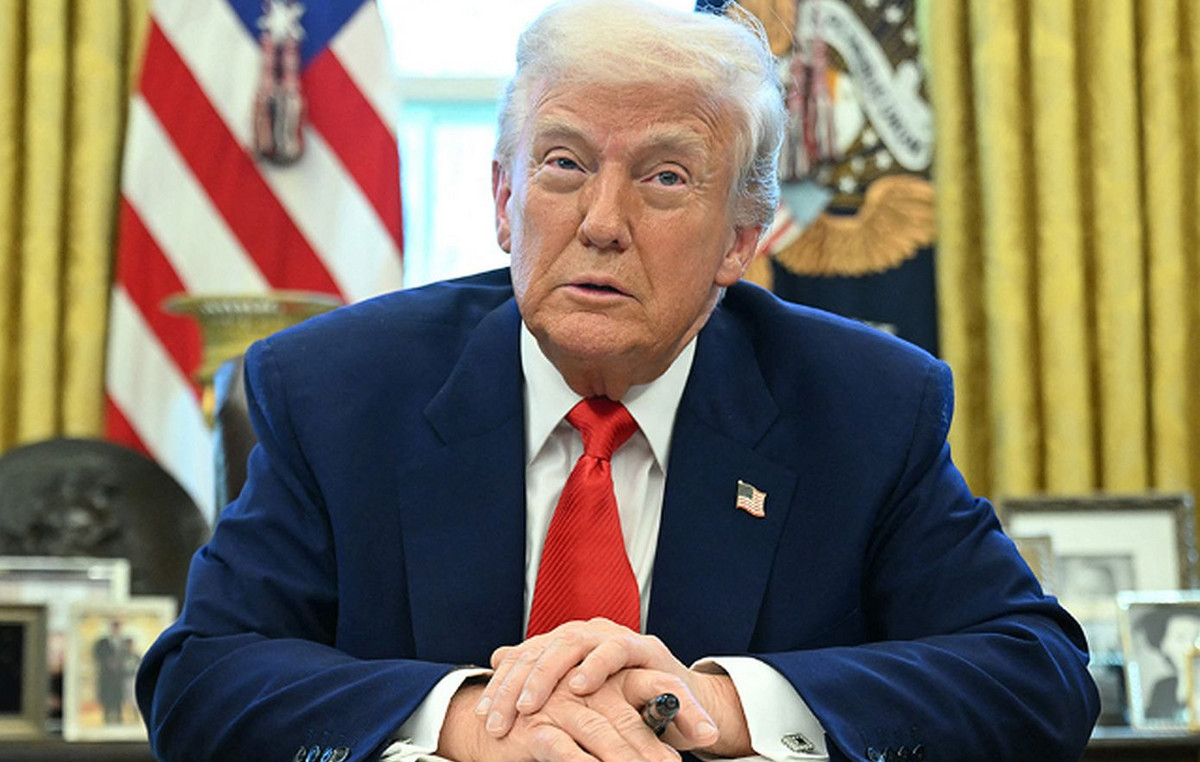China’s Caixin Manufacturing Purchasing Managers’ Index (PMI) unexpectedly contracted to 49.8 in July, compared with a reading of 51.8 in June, the latest data showed on Wednesday.
The market consensus was 51.5 in the reported month.
Key Highlights (via Caixin)
Production expands at slowest pace in nine months.
Average selling prices decline as input cost inflation softens.
Business confidence improves in July.
“Supply continued to outstrip demand. Manufacturers’ output grew for the ninth consecutive month in July, although growth was marginal, indicating that output expansion was limited,” said Wang Zhe, an economist at Caixin Insight Group.
Wang added, “Demand-side performance was weaker, with total new orders declining for the first time since July last year.”
Data released by China’s National Bureau of Statistics (NBS) on Wednesday showed that the official manufacturing Purchasing Managers’ Index (PMI) fell to 49.4 in July, beating estimates of 49.3. The non-manufacturing PMI fell to 50.2 in the same period from 50.5 in June and the expected figure of 50.2.
AUD/USD reaction to China PMI data
The daunting Manufacturing PMI Chinese puts renewed selling pressure on The Australian Dollaras AUD/USD flirts with intraday lows near 0.6635 at the time of writing, modestly flat on the day.
Australian Dollar FAQs
One of the most important factors for the Australian Dollar (AUD) is the level of interest rates set by the Reserve Bank of Australia (RBA). Since Australia is a resource-rich country, another key factor is the price of its largest export, iron ore. The health of the Chinese economy, its largest trading partner, is a factor, as is inflation in Australia, its growth rate and the Trade Balance. Market sentiment, i.e. whether investors are betting on riskier assets (risk-on) or seeking safe havens (risk-off), is also a factor, with risk-on being positive for the AUD.
The Reserve Bank of Australia (RBA) influences the Australian Dollar (AUD) by setting the level of interest rates that Australian banks can lend to each other. This influences the level of interest rates in the economy as a whole. The RBA’s main objective is to maintain a stable inflation rate of 2%-3% by adjusting interest rates up or down. Relatively high interest rates compared to other major central banks support the AUD, and the opposite for relatively low ones. The RBA can also use quantitative easing and tightening to influence credit conditions, with the former being negative for the AUD and the latter positive for the AUD.
China is Australia’s largest trading partner, so the health of the Chinese economy greatly influences the value of the Australian Dollar (AUD). When the Chinese economy is doing well, it buys more raw materials, goods and services from Australia, which increases demand for the AUD and drives up its value. The opposite occurs when the Chinese economy is not growing as fast as expected. Therefore, positive or negative surprises in Chinese growth data often have a direct impact on the Australian Dollar.
Iron ore is Australia’s largest export, worth $118 billion per year as of 2021 data, with China being its main destination. The price of iron ore can therefore be a driver of the Australian dollar. Typically, if the price of iron ore rises, the AUD rises as well, as aggregate demand for the currency increases. The opposite occurs when the price of iron ore falls. Higher iron ore prices also tend to lead to a higher probability of a positive trade balance for Australia, which is also positive for the AUD.
The trade balance, which is the difference between what a country earns from its exports and what it pays for its imports, is another factor that can influence the value of the Australian dollar. If Australia produces highly sought-after exports, its currency will gain value solely because of the excess demand created by foreign buyers wanting to purchase its exports versus what it spends on buying imports. Therefore, a positive net trade balance strengthens the AUD, with the opposite effect if the trade balance is negative.
Source: Fx Street
I am Joshua Winder, a senior-level journalist and editor at World Stock Market. I specialize in covering news related to the stock market and economic trends. With more than 8 years of experience in this field, I have become an expert in financial reporting.







